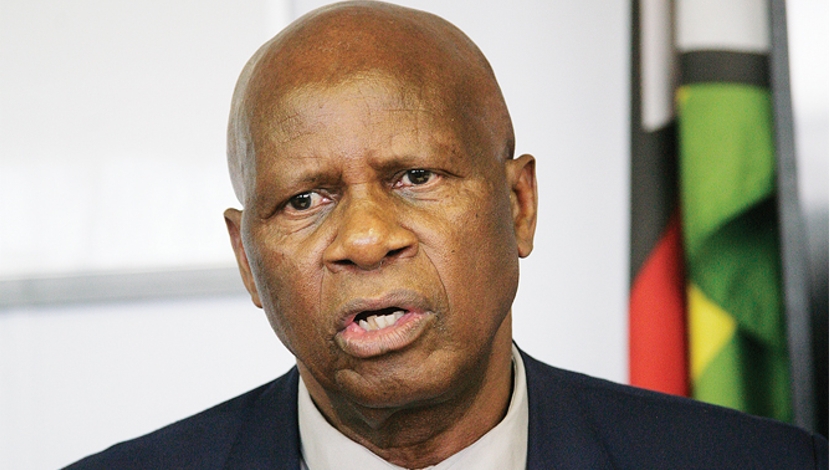
A catastrophic failure of the Kariba Dam on the border between Zimbabwe and Zambia would put 3.5 million lives at risk and knock out 40%
of southern Africa’s hydroelectricity supply, says a recent report.
Dam levels are unlikely to recover before February 2016, potentially closing power stations and leading to severe power shortages in both Zimbabwe and Zambia.
The Institute of Risk Management of South Africa’s report entitled “Impact of the Failure of the Kariba Dam” warned that 181 billion cubic metres of water could be released if the dam wall failed. Eight hours later this wall of water would hit and destroy the Cahora Bassa dam in central Mozambique.
The lake behind Kariba Dam is the largest man-made reservoir in the world. Commissioned in 1960, the dam was and is central to the power requirements of Zimbabwe and Zambia. Its maximum output is 1,839 megawatts and Cahora Bassa’s is 2,075 megawatts.
Water from Kariba Dam’s sluices has eroded the rock at the foot of the dam. Originally 10 m deep, erosion has increased the depth of the water to 90 m, wearing away rock near the dam’s foundations.
Plans to remedy this include increasing the size of the plunge pool, working on the dam’s floodgates and inspecting the concrete to analyse the extent of damage to the structure’s concrete caused by chemical reactions. This is expected to take ten years as only one floodgate can be repaired at a time.
The report’s author, Kay Darbourn, warned that the likelihood of dam failure increases the longer it takes to get started on the repairs, but that the current drought poses less of a danger. But could the dam cope with increased water during the rainy season?
She suggests SMS text messages and social media being used for advanced warning of threatened or occurring danger, like international SMS services that warn people of Tsunamis in the Pacific Ocean.
The Zimbabwean and Zambian governments signed agreements in September with the EU, World Bank, African Development Bank and the Swedish government to finance the repairs, to the tune of US$294 million.
Given the urgency of the situation, repairs were expected to start later this year or in early 2016.
The current drought affecting the upper Zambezi has stopped the dam’s structural condition worsening. The plunge pool’s condition worsens when the floodgates are open, and currently none of Kariba’s floodgates are open.
The Kariba reservoir is currently 20% and ZRA will keep the floodgates closed, not intending opening them, even if it begins to rain.





